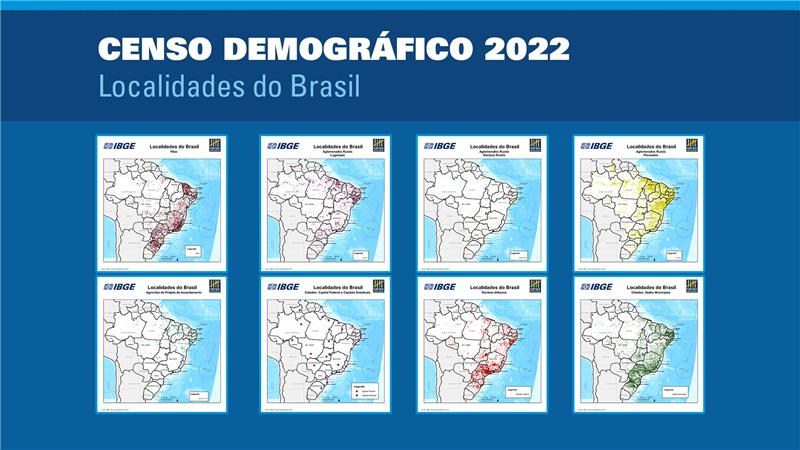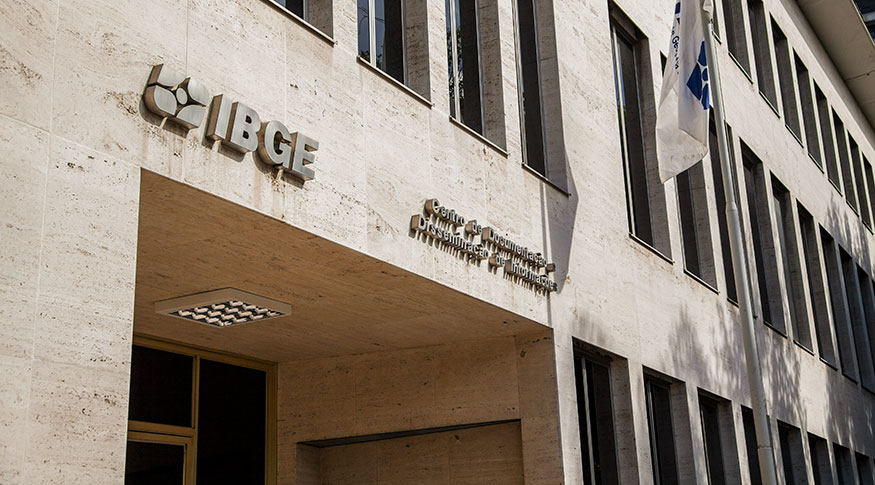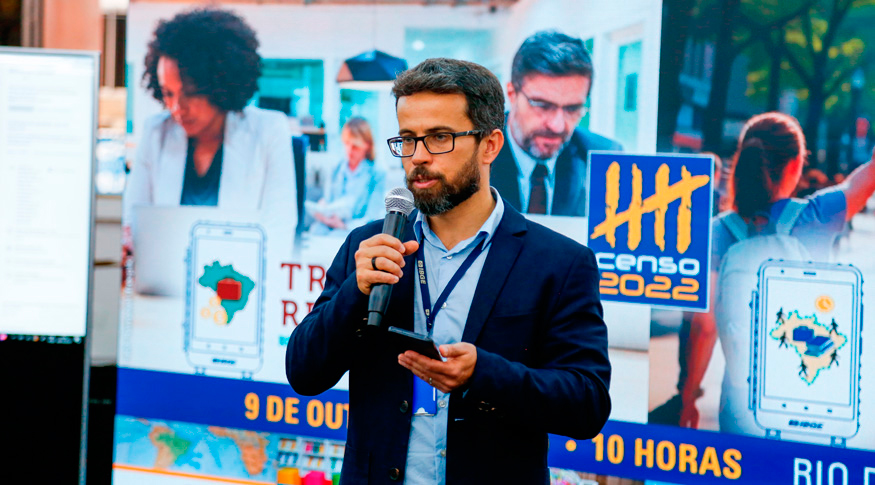PNAD COVID19
Distribuition of emergency aid reaches 29.4 million households in June
July 23, 2020 09h00 AM | Last Updated: July 25, 2020 04h22 PM

About 29.4 million households in Brazil (43% of the total) received, in June, some pandemic-related emergency aid, which is intended to guarantee social protection during the crisis caused by the novel coronavirus pandemic. That figure corresponds to an increase by more than 3.1 million households, against the previous month. The data comes from MONTHLY PNAD COVID19, released today (23) by the IBGE.
In June, almost half of the population (49.5%), about 104.5 million persons, lived in housing units where at least one of the residents received the benefit. “Directly or indirectly, they may have been helped by that aid,” says Cimar Azeredo, deputy director at the IBGE 's Department of Surveys, as he adds a total R$ 27.3 billion reais were made available, and that the lowest income strata of the Brazilian population received 75.2% of the transfers.
In addition to that, in the states of the North and Northeast Regions, the percentage of households benefited with emergency aid surpassed 45%. In Amapá and Maranhão the proportion of benefited ones surpassed 65%. In Santa Catarina and Rio Grande do Sul, however, coverage did not reach 30%.
The survey shows that, in June, the emergency aid had a bigger impact on the first range of earnings, encompassing 10% of the population (21 million persons) who live in households with per capita earnings of up to R$ 50.34. A total 17.7 million (83.5%) in that range live in households that received the benefit. For that number, per capita average household earnings changed from R$ 7.15 to R$ 271.92, a difference of 3,705%.
In the second range of earnings, the benefit completed 86.1%, which corresponds to 18.2 million of the 21 million persons living in households where at least one person received the aid. The impact on that range was of 150%, and the average earnings went from R$ 150.88 to R$ 377.22.
According to Cimar Azeredo, that shows the program had a great impact on the earnings of the most vulnerable persons, who, without the benefit, would have to live on R$ 354,18 or less. “The emergency aid reached almost 80% of the housing units in the first two ranges of earnings and about three thirds of the households in the third range. That shows the importance of the household income program for the lower income strata,”, the deputy director says.
The emergency aid paid by the federal government is directed to informal workers, individual microentrepreneurs (MEI), self-employed persons and the unemployed, with a maximum per capita household earnings of R$ 522.50 or a total maximum household earnings of three minimum wages (R$ 3,135).
Unemployment rises and reaches 11.8 million persons
In the labor market, MONTHLY PNAD COVID19 shows that, in June, the unemployment rate rose from 10.7% to 12.4%, affecting 11.8 million persons. More than 1.7 million lost their Jobs, in comparison with May figures. As a result, the employed population was reduced to 83.4 million workers.
Cimar Azeredo considers that the increase of unemployment is directly associated with the flexibilization of social distancing. “That has led to an increase of the population in the workforce, as the number of persons who were not looking for a job due to the pandemic fell in comparison with May. Now they continue exerting pressure on the market.”
Mr. Azeredo also highlights that, in spite of the increase of the employed population in June, real wage bill (the sum of what all the workers earn) also rose, from R$ 157 billion to R$ 159 billion. “That is a positive sign, since it indicates there was more more money from work circulating in June than in May. That indicates a reaction from the market.”
On the other hand, Cimar Azeredo observes there was also decrease, in June, of the number of persons (7.1 million) who received no compensation from work due to social distancing. That number is lower than in the last month (9.7 million) but it still corresponds to almost half (48.4%) of the overall temporarily away from work.
“It is important to monitor this group, together with the unemployed, the discouraged and the potential workforce because it is a group of persons earning no income from work. These variables can guide decisions regarding the maintenance of income transfer programs,” Mr. Azeredo highlights.
The survey also shows that the number of persons temporarily away from work fell by 24.9% (11.8 million) due to the social distancing imposed by the pandemic. Among those who remained working, 8.7 million were in home office in June.
Number of persons with overlapped symptoms falls by 43%
In relation to health data, MONTHLY PNAD COVID19 shows there was also a decrease to 2.4 million of the number of persons reporting overlapped symptoms associated with Covid-19: loss of smell or taste (2.2 million persons); fever, cough and difficulty to breathe (703 thousand); and fever, cough and pain in the chest (580 thousand). In May, they amounted to 4.2 million persons.
In June, about one million persons, among the ones reporting any of the osyverlapped symptoms, sought medical care at a health establishment, a decrease by 300 thousand persons against May.
Most of those persons (82.3%) sought medical care at establishments from the Unified Health System (SUS). About 45.3% went to basic healthcare units, such as community healthcare centers, 21.4% to emergency care units and 21.7% to public hospitals (belonging to SUS).
Among those reporting any of the overlapped symptoms who sought medical care at hospitals, 57 thousand were hospitalized, being most of them men (50.3%) and black or brown (58.5%). About 40.2% of the elderly also remained hospitalized.

















